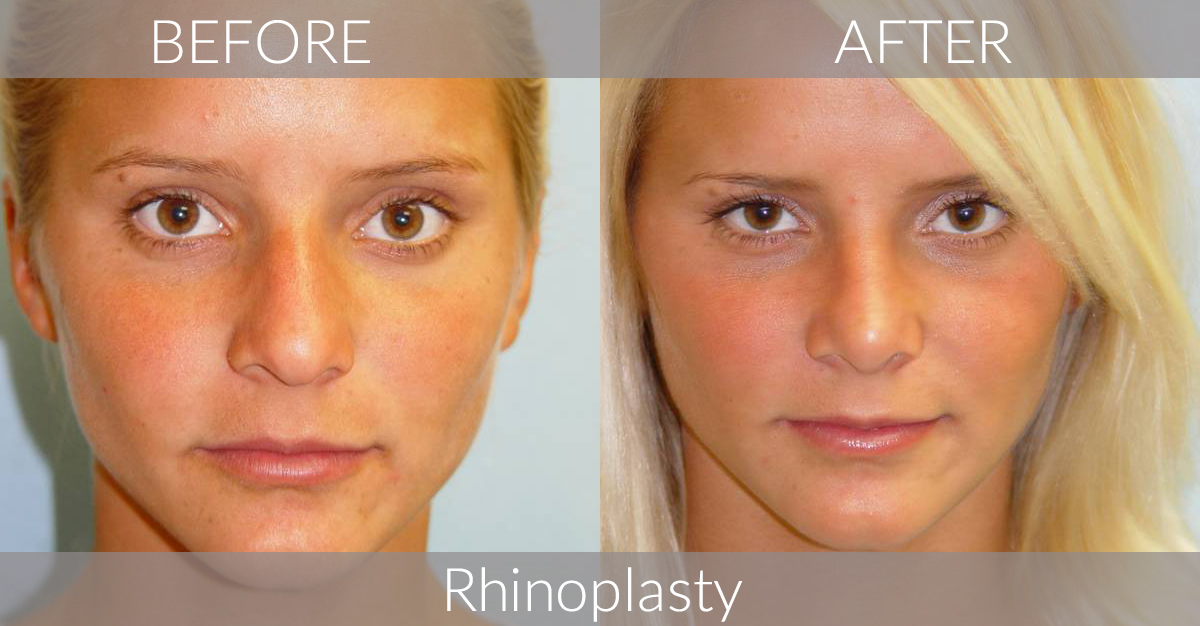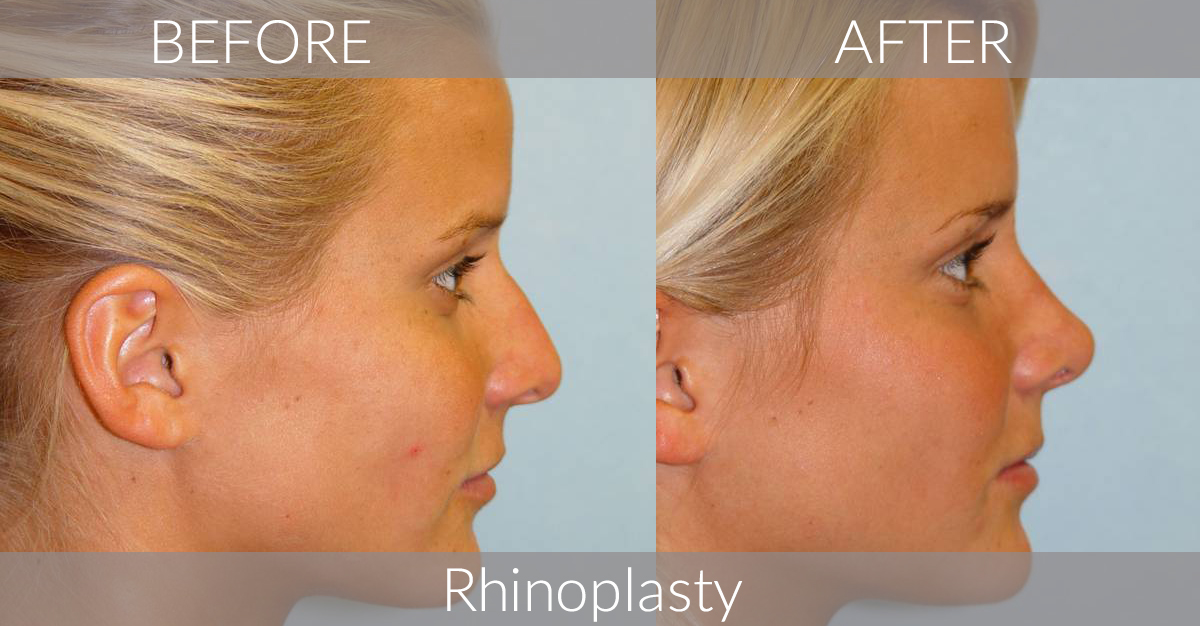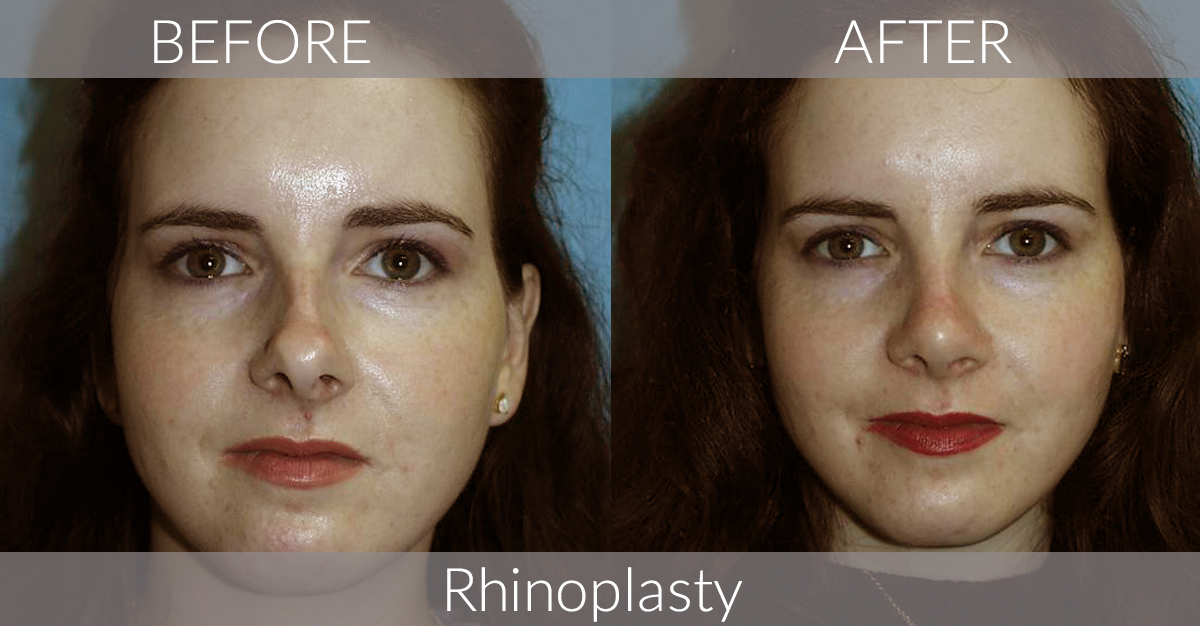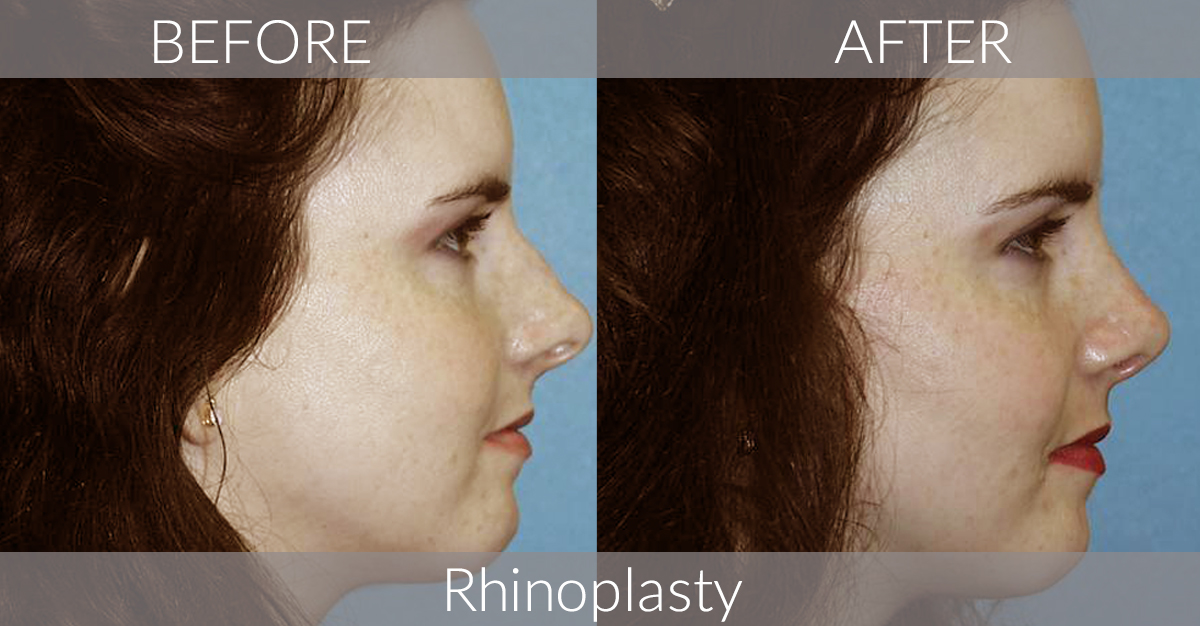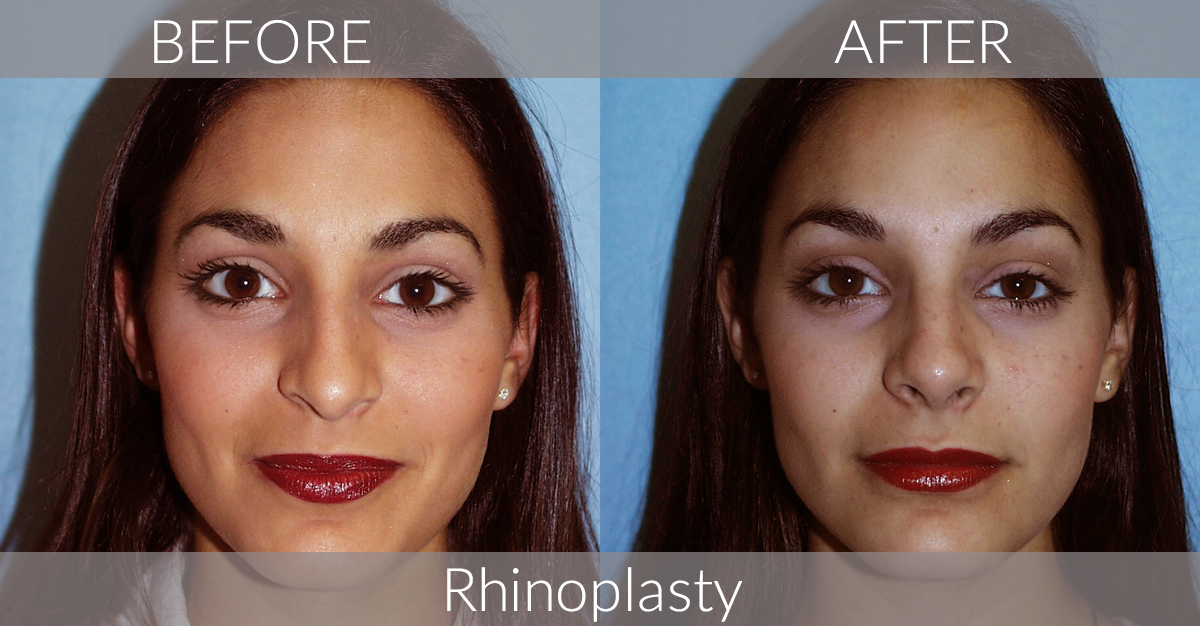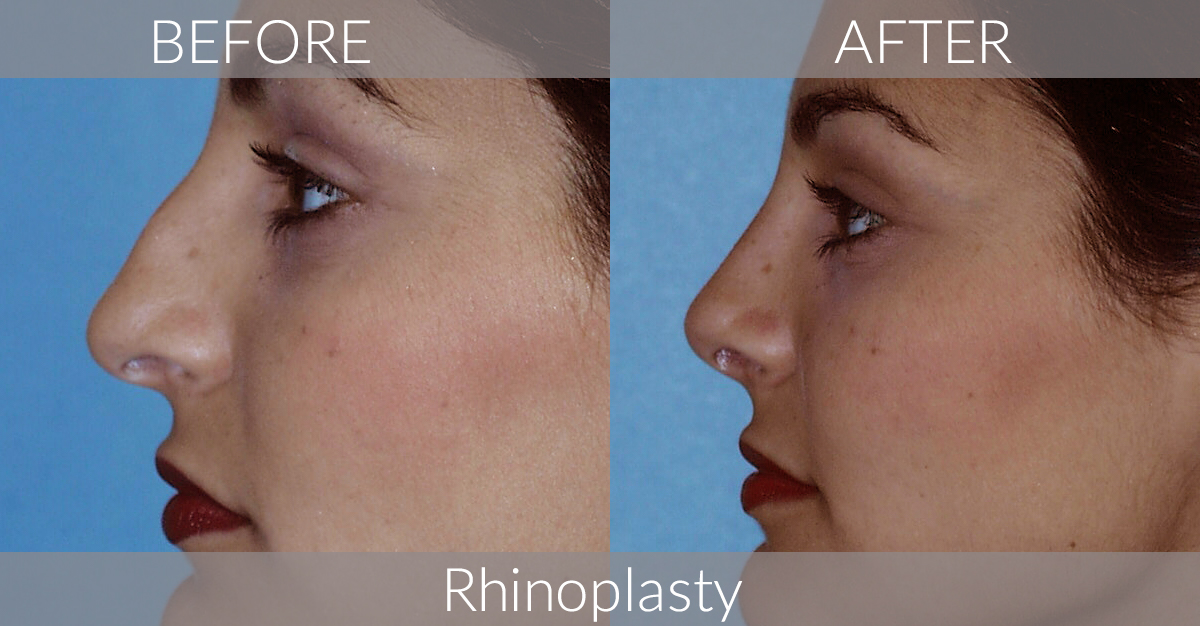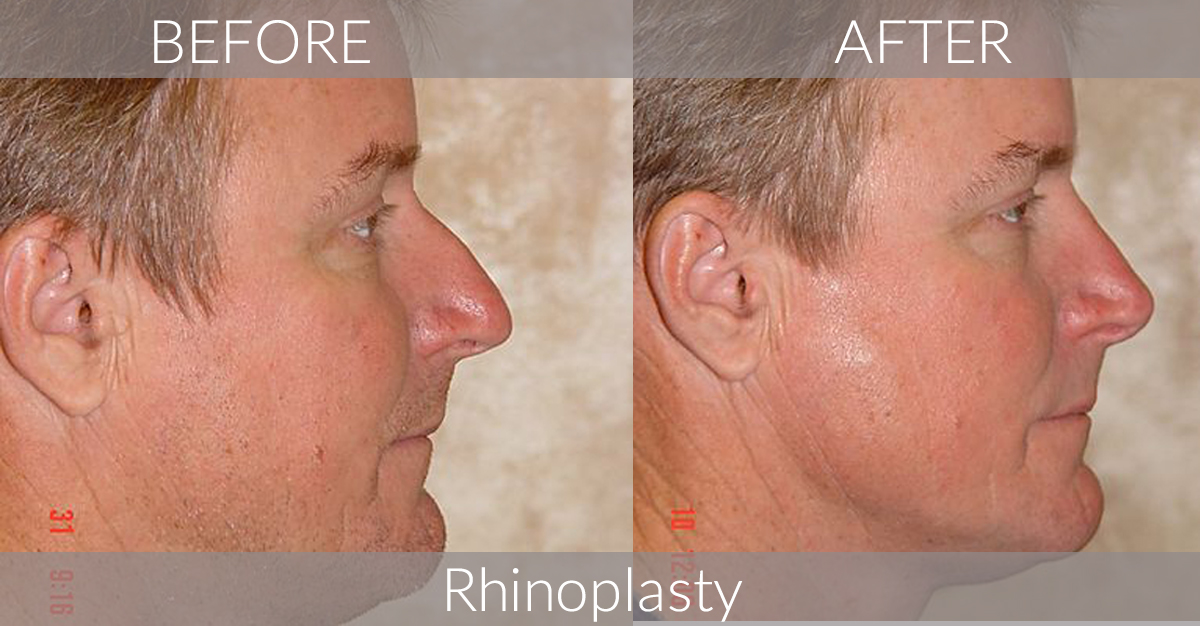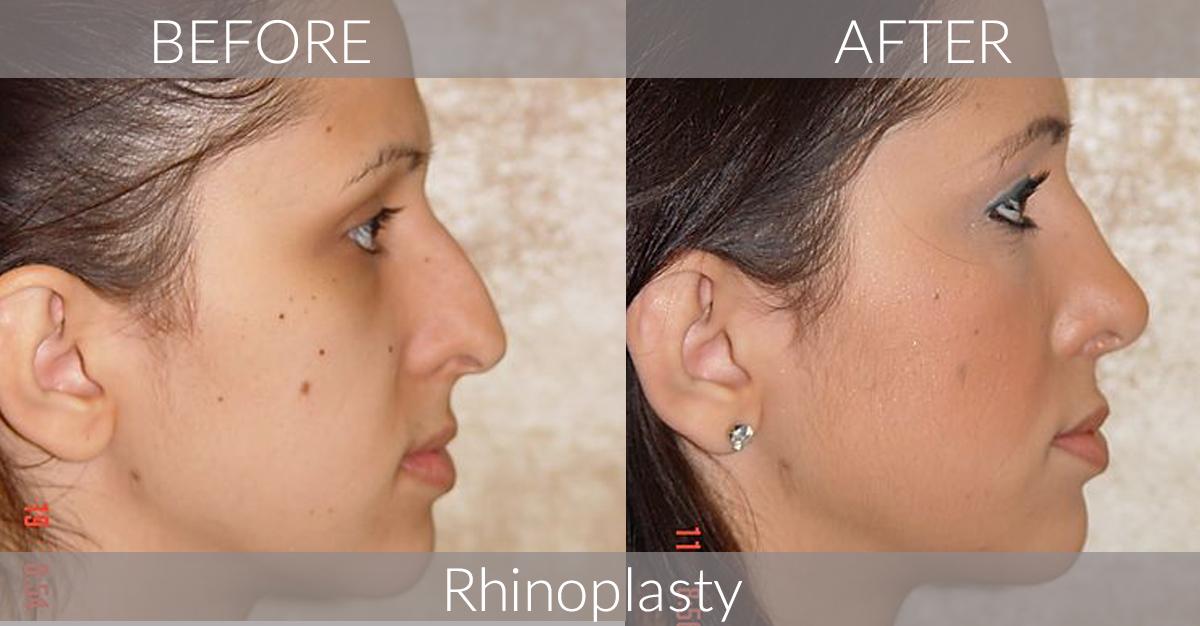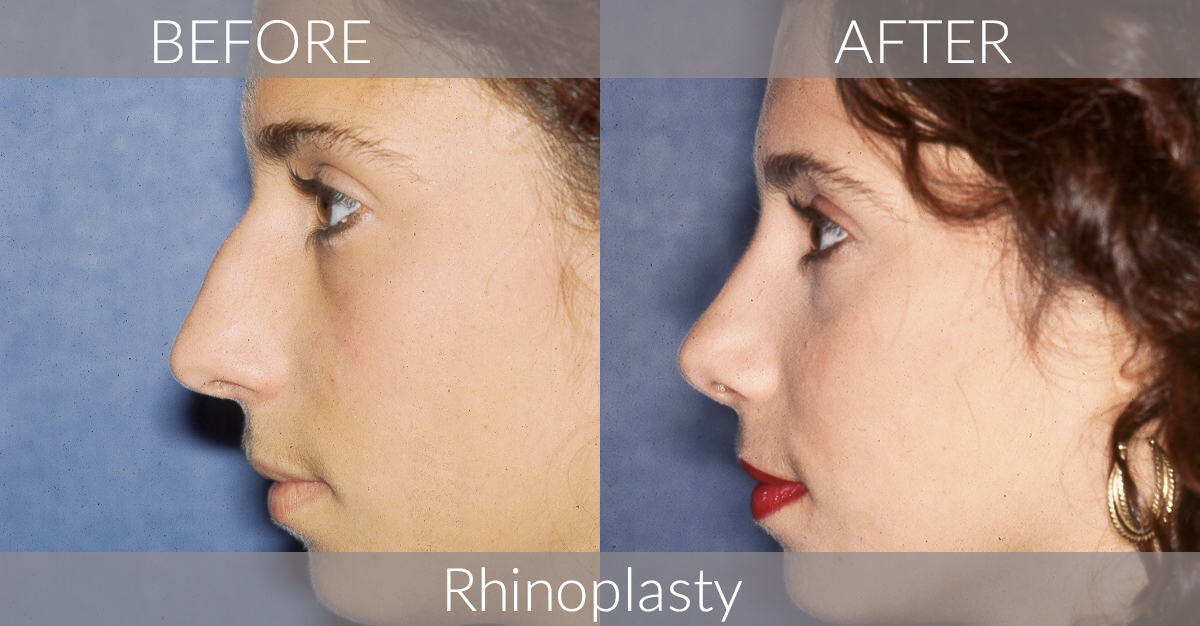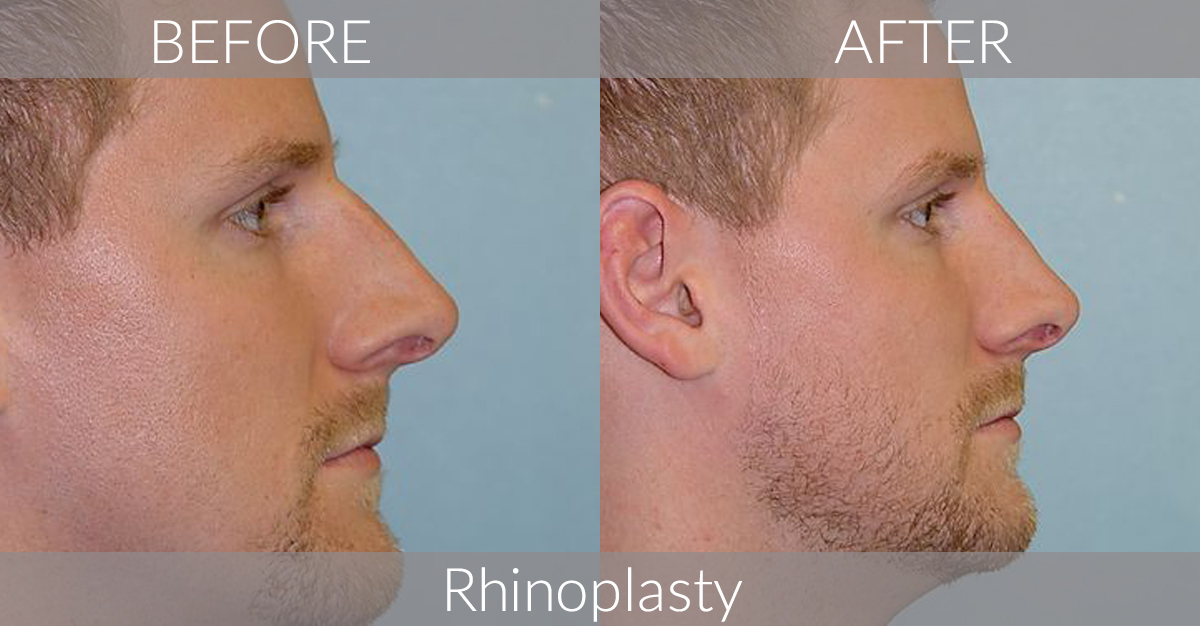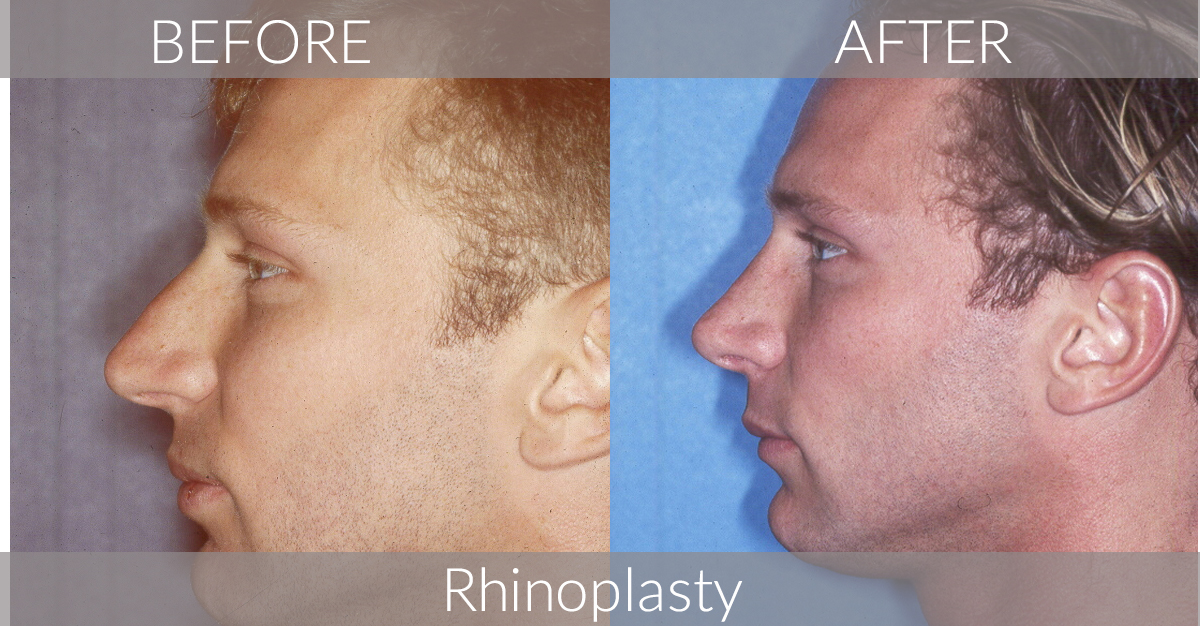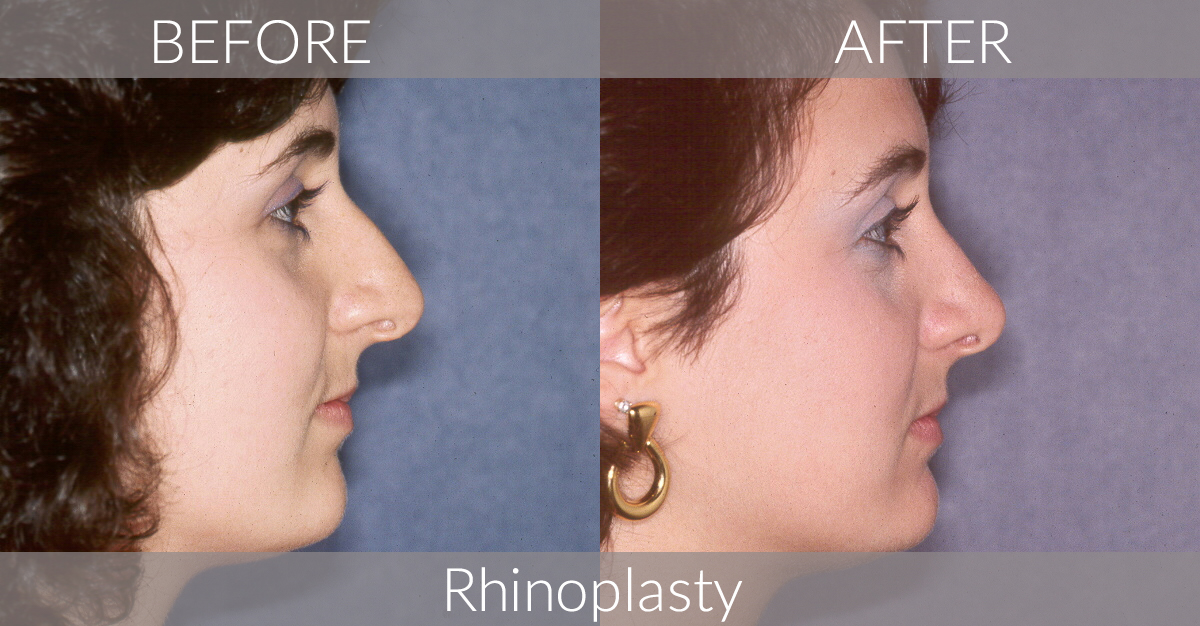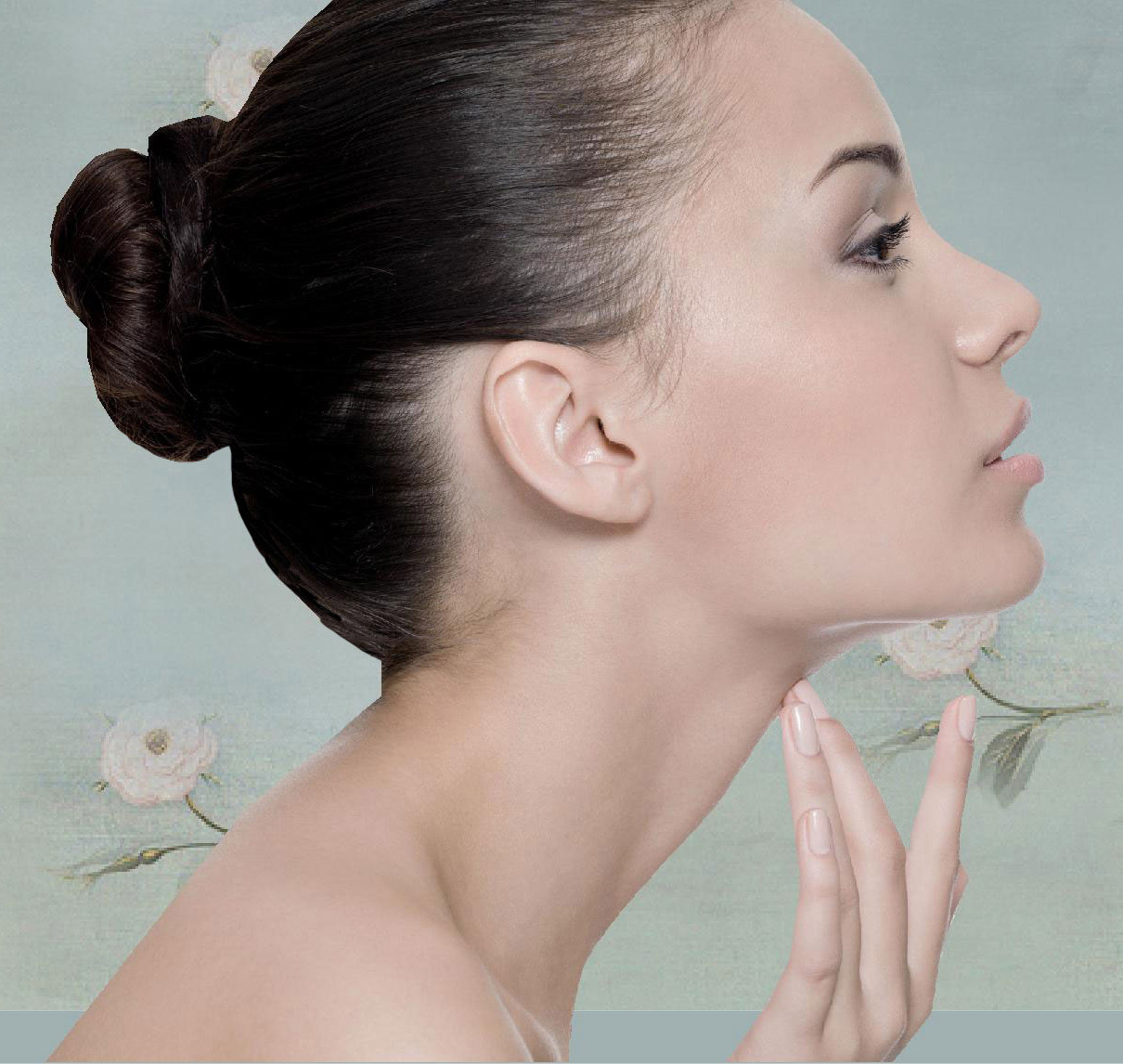
Ponte Vedra RHINOPLASTY
Since the nose is the central feature of the face, an unattractive nose may detract from desirable facial features by being out of proportion, thus drawing others' attention away from the eyes during normal conversation. A normal appearing nose should blend in with other facial features, as well as compliment the cheekbones and chin.
Rhinoplasty has been practiced for many years as a method to reshape noses with large humps, deformed tips or disfigurements as a result of traumatic injuries. Septoplasty or reshaping of the internal dividing wall of the nose is often combined with rhinoplasty to improve breathing.
Benefits of RHINOPLASTY
Improving the appearance of the nose: Rhinoplasty can change the size, shape, and angle of the nose to improve its overall appearance and balance with the rest of the face.
Correcting breathing problems: In some cases, Rhinoplasty can be used to improve the function of the nose by correcting structural abnormalities that cause breathing problems.
Boosting self-confidence: Many people who undergo Rhinoplasty report an improvement in their self-confidence as a result of feeling more satisfied with their appearance.
Correcting birth defects: Rhinoplasty can be used to correct birth defects or injuries that affect the appearance or function of the nose. Improving quality of life: For some people, the physical and emotional benefits of Rhinoplasty can improve their overall quality of life.
Overview Of The Procedure
During the procedure, the surgeon will make incisions either inside the nostrils or across the strip of skin separating the nostrils (columella). The surgeon will then reshape the underlying bone and cartilage to achieve the desired results. The incisions are then closed with sutures.
he duration of the procedure can vary, but it is typically completed within 2-3 hours. After the procedure, the patient will have a splint and bandages placed on the nose to help support the new shape and protect it while it heals.
It is important to note that every patient is different and the specifics of the procedure may vary depending on the individual's needs and goals. Dr. Smith will provide you with more detailed information about what to expect during the procedure.
Preparations For Surgery
Before undergoing Rhinoplasty, Dr. Smith will give you pre-operative instructions that may include: stop smoking, avoid certain medications, get lab testing as required, arrange for transportation, follow instructions for preparing your skin, follow a specific diet or hydration plan as advised, remove facial or nasal hair as directed, and wear comfortable clothing for the procedure.
Rhinoplasty Recovery and Downtime
The recovery and downtime after Rhinoplasty can vary depending on the individual patient and the specifics of the procedure. A typical recovery may include pain and discomfort that can be managed with pain medication, some swelling and bruising that typically peaks around the third or fourth day after surgery, wearing a splint and bandages to help support the new shape and reduce swelling, getting plenty of rest, attending follow-up appointments, and taking time off work or other activities as needed.
The amount of time it takes to return to normal activities will depend on the individual patient and the specifics of the procedure. Most people are able to return to work within a week to 10 days, but strenuous activities should be avoided for at least several weeks. Your surgeon will provide specific instructions for when it is safe to resume normal activities.

